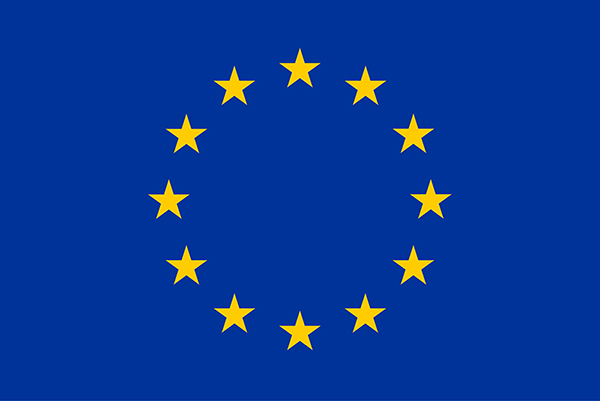The MLU uses the nematode Caenorhabditis elegans (figure 1) as a simple and well-established model organism to analyze the bioactivity of olive leaf extracts.

Figure 1
A: microscopic image of C. elegans, B: representative example for handling of the nematodes on agar plates
The different extracts generated in the OLEAF4VALUE project (figure 2) have to be investigated concerning possible beneficial effects (high „bioactivity“) to find new innovative applications, e.g. in pharmaceutical industry.

Figure 2
Five different olive leaf extracts generated in the OLEAF4VALUE project: OPA20 (20% oleuropein), OPA40 (40% oleuropein), OPA70 (70% oleuropein), PT70 (70% pentacyclic triterpenes) and OA97 (97% oleanolic acid)
However, the determination of bioactivity for plant extracts is quite difficult. In some cases, the amount of „polyphenolic compounds“ as a marker for bioactive compounds is analyzed. Another method is to investigate the „radical-scavenging activity“ of extracts. This suggests protection against free radicals which are involved in different pathological conditions in the human body.
This «radical-scavenging ability“ is analyzed in a simple in vitro assay by detecting the reduction of a stable radical resulting in the loss of colour (figure 2A, colourless (right) cuvette) which can easily be detected photometrically.
Analyzing the five different olive leaf extracts for radical-scavenging activity, it is obvious, that only OPA20, OPA40 and OPA70 reduce the absorbance (i.e. the colour). OPA70 is as potent as TROLOX, a synthetic antioxidant used as reference substance. However, PT70 and OA97 show no effect even at relatively high concentrations (160 µg/ml).

Figure 3
A: Example of color change due to radical scavenging activity. B: OPA, but not PT and OA is a strong radical scavenger (reduction of absorbance); mean values ± SD, n=3, *: p< 0.05 vs. control value; one way ANOVA.
Concerning the results of the in vitro assay shown in figure 3, we would not expect any bioactivity of PT70 and OA97 with regard to antioxidant activity in vivo. Using the nematodes, clear positive effects can be detected: Referring to the reduction of reactive oxygen species (ROS) in the nematode and protection of the nematodes against ROS produced by paraquat, a highly toxic chemical, the two extracts are comparable to OPA70 (figure 4). This clearly shows that distinct extracts may have a high bioactivity in vivo, even if no radical scavenging activity is detectable (as shown in figure 3)

FIGURE 4
All extracts are protective against paraquat-induced toxicity (A), thermal-induced ROS accumulation is reduced by OPA, PT and OA (B); mean values ± SD, n=3, *: p< 0.05 vs. control value; one way ANOVA.
The reason for this „unexpected“ bioactivity of OA97 and PT70 may be caused by a modulation of distinct enzymes or signalling pathways in the living organism C. elegans.
To verify this hypothesis, we further analyzed effects of the five extracts on the insulin-like signalling pathway in the nematode: Comparable to humans, many cellular effects are triggered, if the pathway is activated. As a first result we analyzed the modulation of a distinct transcription factor involved in that pathway (DAF16). We were able to show that all extracts are able to modulate this factor (change in cellular location). OA97 had the strongest effect (figure 5)

FIGURE 5
Special C elegans strains can be used to analyze the modulation of intracellular signaling pathways like the FOXO-orthologue DAF16. A: Images of cytosolic or nuclear DAF-16 localization; B: fraction of nematodes (%) with mainly nuclear DAF-16 localization (right); n=3; *: p< 0.05 vs. control value; one way ANOVA.









